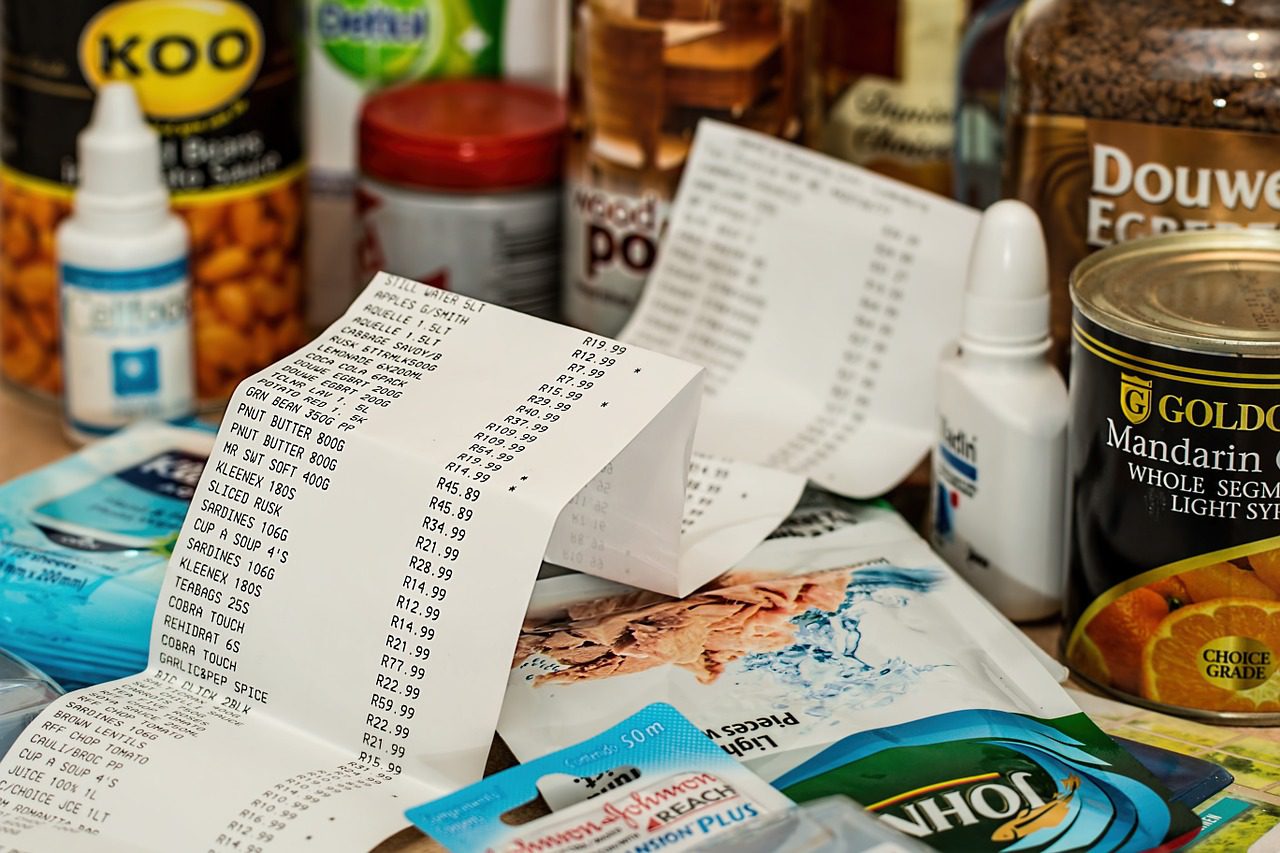
By Marcus Goh and Sim Kian Ming
Maths can seem daunting to both students and parents, especially at the upper primary levels. The values are larger, the amount of information provided is less, and there is so much working to write down (for problem sums). Hence, the right attitude towards Maths makes a huge difference when it comes to tackling PSLE Maths.
Inculcating the right attitude towards Maths starts from a young age. Make Maths enjoyable for your child, and you’ll see them develop a genuine interest in the subject. Here are five ways to make it much more fun for your child.

1. Use trigger activities
Telling your child to practise solving sums of a dry Maths topic is not going to help anyone. What you can do instead is to use a suitable television show or movie, and then ask them to think about the applications of maths in these shows. In this way, the positive feelings your child has for the show or movie can be transferred to the maths topic in question.
For example, if your child is a fan of “Spongebob Squarepants”, ask him or her if he or she can figure out how many Krabby Patties are sold at the Krusty Krab each day and use this as a trigger activity for the topic of Money.

2. Give meaningful contexts to topics
Sometimes, students just don’t see the point of what they are studying. And you can’t blame them — it’s only when we’re adults that we can see the value of what we’ve learnt as children. Give them a real-life context that shows what they’re learning is useful, and it will help students relate better to what they are learning.
For example, explain how Area & Perimeter is important when it comes to buying furniture. You need to ensure that the furniture you buy fits within the area that you are buying it for, and that the perimeter is long enough to accommodate all the shelves you want to buy.

3. Help your child use inductive reasoning to understand concepts better
Inductive reasoning is the process of deriving a method to solve a question through one’s own observations. When you ask a child “How would you solve this?”, you’re actually challenging your child to use inductive reasoning. This is not to say that you just leave your child alone to figure out concepts alone.
Rather, guide your child along and provide him or her with options that will help in understanding the topic more holistically. In this way, your child gains a greater sense of accomplishment because he or she will have figured out the answer based on his or her own abilities. Children will also remember the concept better since they have experienced the thought processes of deriving the solution.

4. Help your child use deductive reasoning to practice the application of concepts
For more advanced questions, students frequently need to use deductive reasoning to solve them. While inductive reasoning focuses on deriving concepts and understanding certain topics, deductive reasoning is about applying these mathematical rules.
One way is to give your child real-life examples, like tabulating the bill using mental calculations when you eat out. This will also help give meaningful contexts to what they have learnt, allowing you to implement two tips with one action!

5. Mix topics to allow your child to apply concepts in new ways
Integrating different topics is also a good way to help students enjoy Maths more. It takes a little bit more work to provide such examples to your child, but that’s how Maths works in real life too. Assembling IKEA furniture requires knowledge of Angles and Area & Perimeter, after all.
Perhaps the most versatile topic that could be mixed with other topics is Money. Ask your child to calculate the final cost of what you’d like to buy, and offer to give him or her a small cut if he or she calculates it correctly. You’ll see your child mixing skills from different topics in no time!
What other strategies do you use to make Maths enjoyable?

This article was written for and first published on Yahoo Singapore’s Grade Expectations.
Grade Expectations is a weekly feature on education in Singapore. Expect fun activities, useful tips and insightful news on learning. It’s not just about your child’s grades — it’s about raising a great child!
Marcus Goh runs Write-Handed, a creative writing studio. At the same time, he teaches English at The Write Connection. He has been a specialist tutor for English and Literature (Secondary) since 2005.
Sim Kian Ming has taught in MOE schools, enrichment centres, and as a private tutor for over 10 years. He has also served as an Editor at an international educational publishing house. He is currently the Mathematics Specialist at Joyous Learning.
If you liked the article, follow me on Facebook and Twitter for more (presumably) good updates!
To get in touch with me, send an email!
Leave a Reply